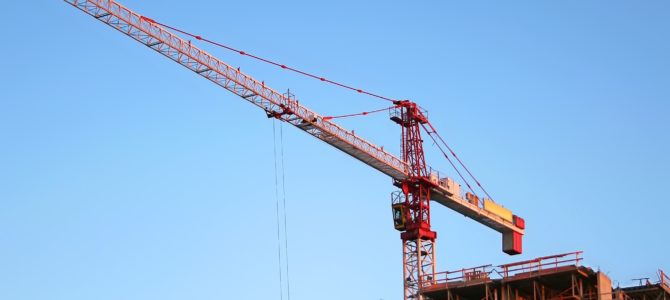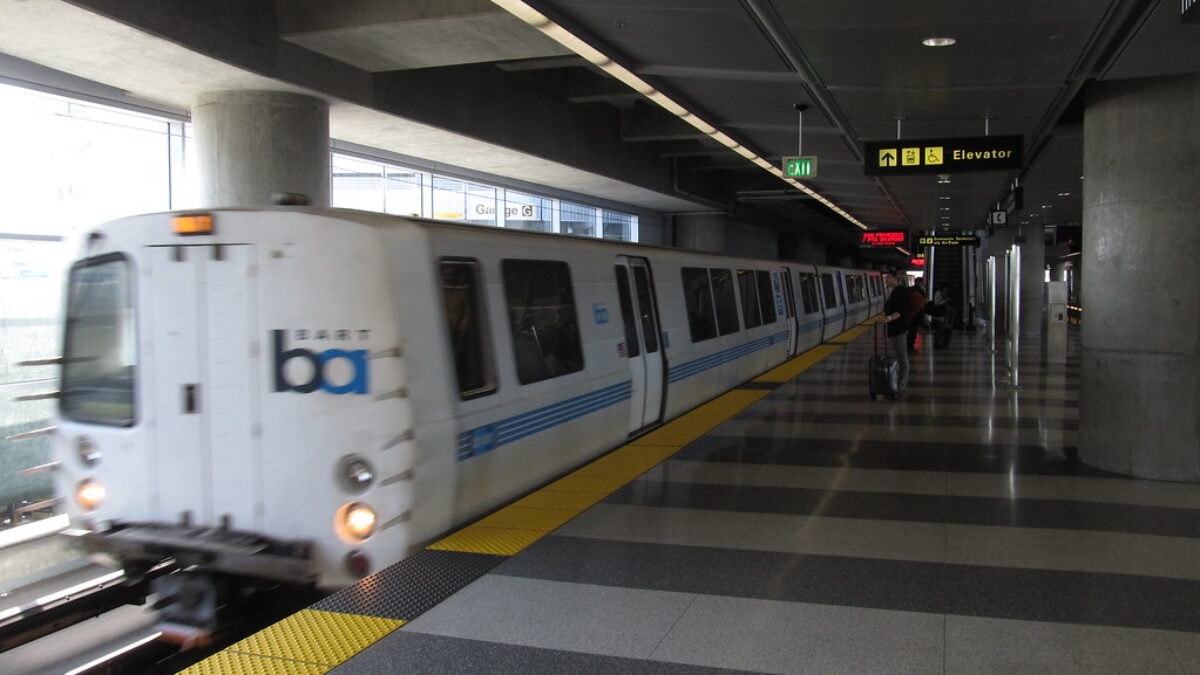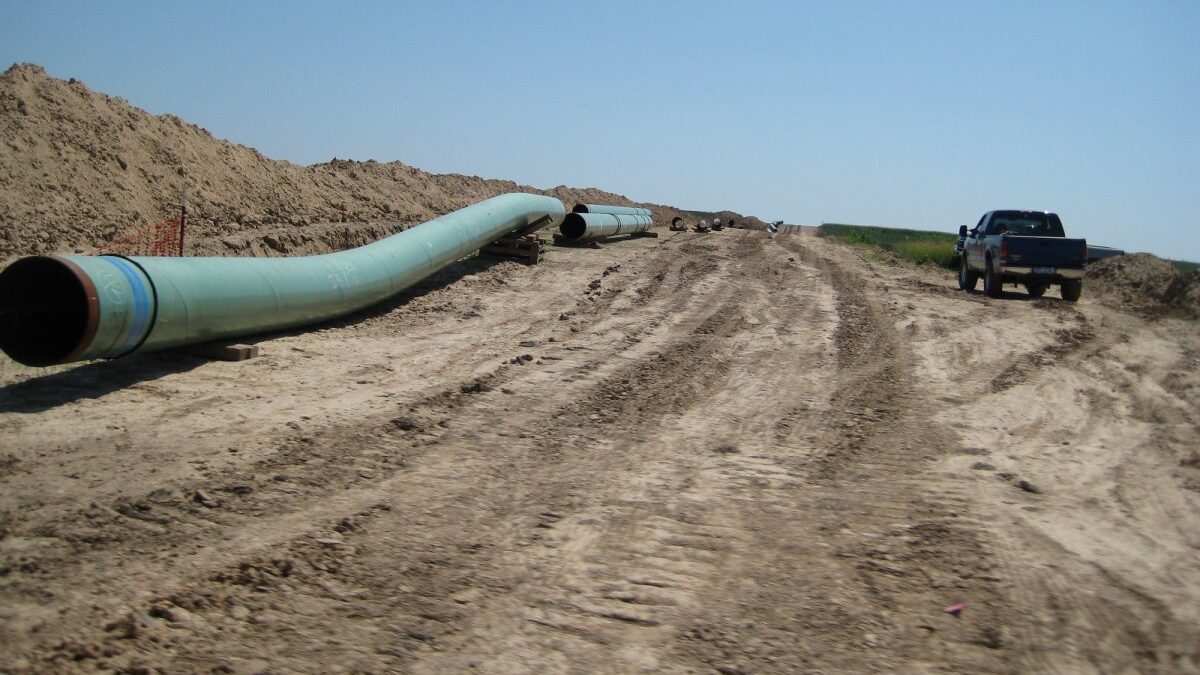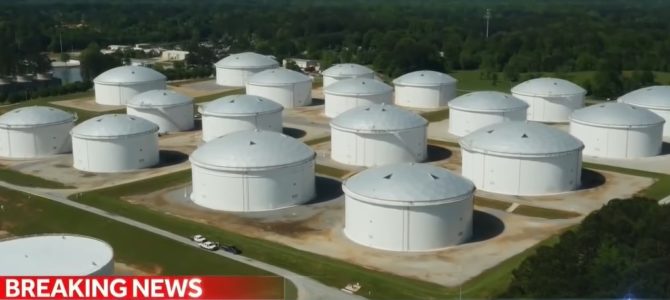Bridges, roads, and other modern infrastructure projects in the United States take exceptionally longer to complete compared to those in other nations. A new video from Kite and Key creators breaks down exactly why a combination of government regulations and bad management causes such lengthy delays in assembling the transportation and urban foundation of American cities.
The Golden Gate Bridge and Empire State building are just two examples of speedy and successful construction projects in the United States, the video begins, but now significantly smaller buildings, bridges, and other proposals are taking an abnormally long time to finish.
“The Anderson bridge took only 11 months to build from scratch in 2012. When all they had to do was renovate it, it took about five years,” the narrator explained. “What happened? How is it that despite 100 years of engineering advances, the same project now took five times as long? Did we just forget how to build things in the interim?”
The problem extends to highways and project proposals for high-speed rail systems.
“In 2008, California approved plans for a high-speed rail system that was supposed to travel the nearly 400 miles between Los Angeles and San Francisco by 2020. Instead, it got 119 miles of track, nowhere near either city, that might be usable by 2027,” the narrator said.
The answer to why does it take so long for modern American infrastructure projects to be completed is complicated, the narrator continues, with multiple culprits to blame. “Better safety,” however, isn’t one of them.
“Better safety isn’t the reason that America is falling behind. After all, countries like Germany and Canada, build new infrastructure, much faster and cheaper than we do. And they do it without a body count,” the narrator explained.
In reality, it is a fatal combination of government regulation and bad management that is killing American infrastructure plans and creating decades of setbacks. The video shows how laws such as the National Environmental Policy Act were “well-intentioned” at the time of their creation yet ultimately fail to accomplish much but delaying new construction.
“Its goal was to make sure that new construction factored in environmental concerns … maybe it’s all worth it to protect the planet right? But here’s the craziest part: nothing about NEPA actually requires that. All you have to do is identify environmental issues. There’s nothing that forces you to actually do anything about them. In fact, in some cases, these regulations actually make us less green,” the narrator continued, noting examples such as in Montana, where the U.S. Forest Service delayed cutting back forests and a wildfire burned “nearly half the land” during the NEPA waiting period.
A surplus of infrastructure in the United States also hinders efficiency and wastes money. The video explains:
The New York City subways cost over a billion dollars per kilometer. The median cost in the rest of the world $250 million per kilometer … And research shows this isn’t about differences in economics or geography, it’s almost all down to bad management. How bad? In 2017, a report in The New York Times revealed that a crew building a new train tunnel under Manhattan had 200 employees with no identifiable responsibilities, each being paid about $1,000 a day.
American infrastructure undertakings, the narrator concluded, don’t have to keep their slow reputations, but changes in policy will have to be made to secure the organization and speed Americans desire.









